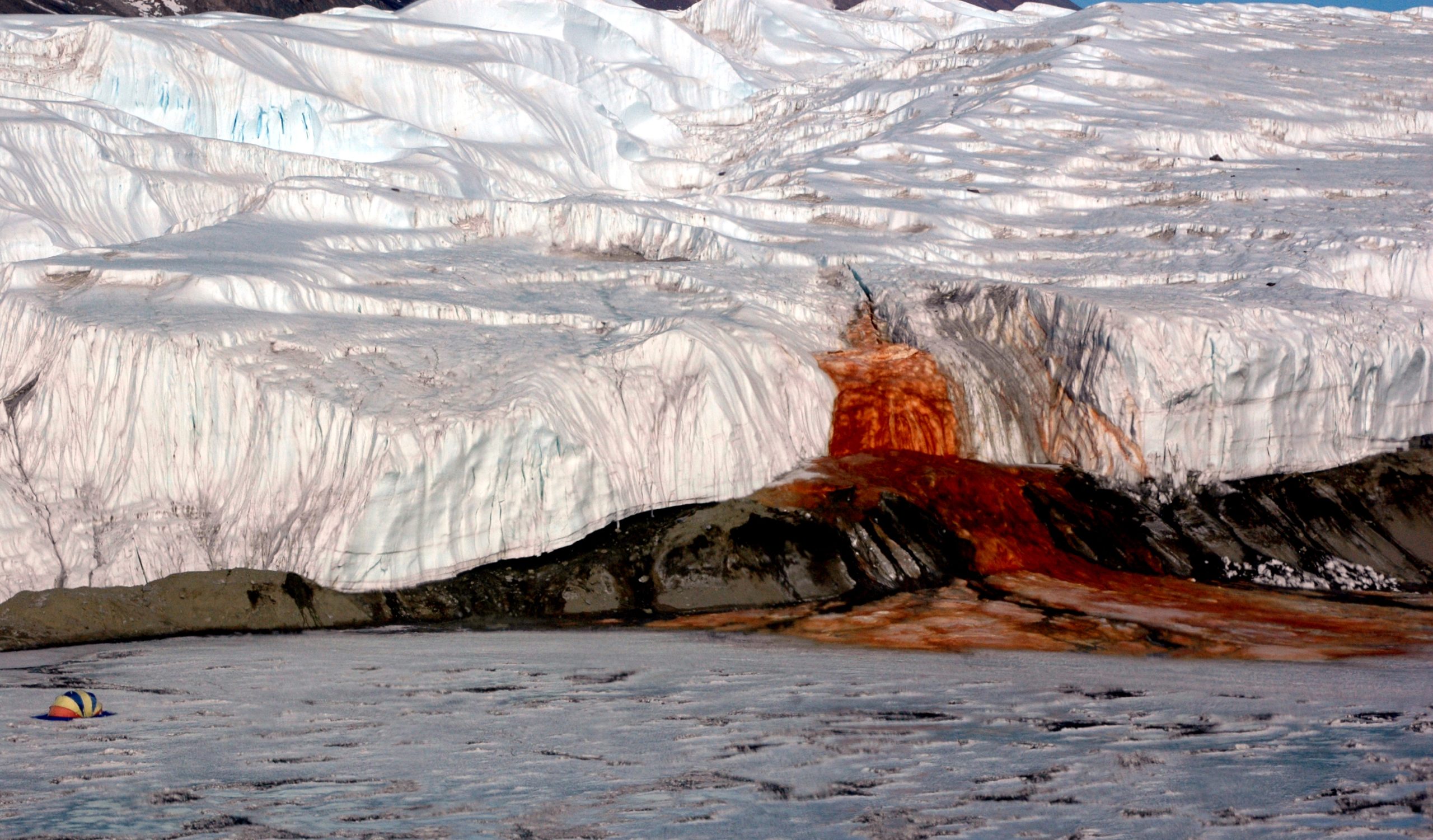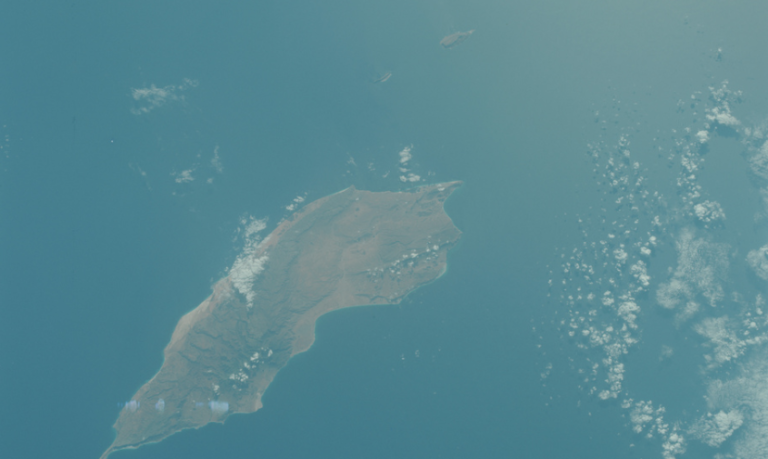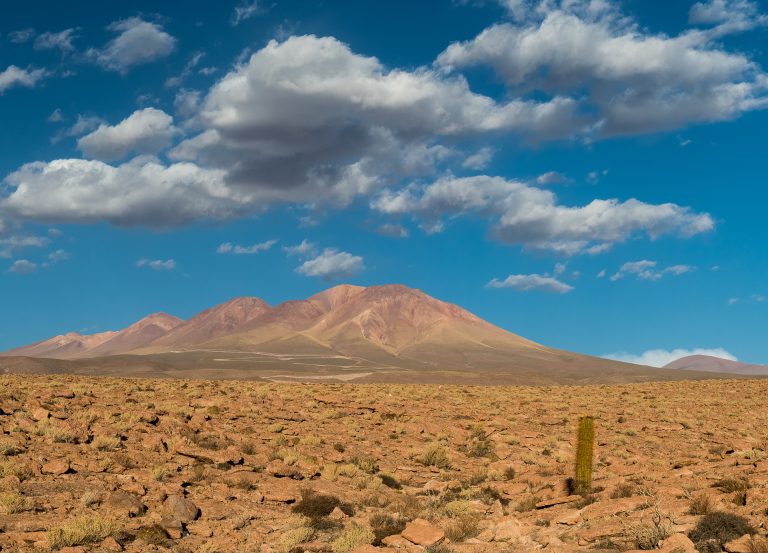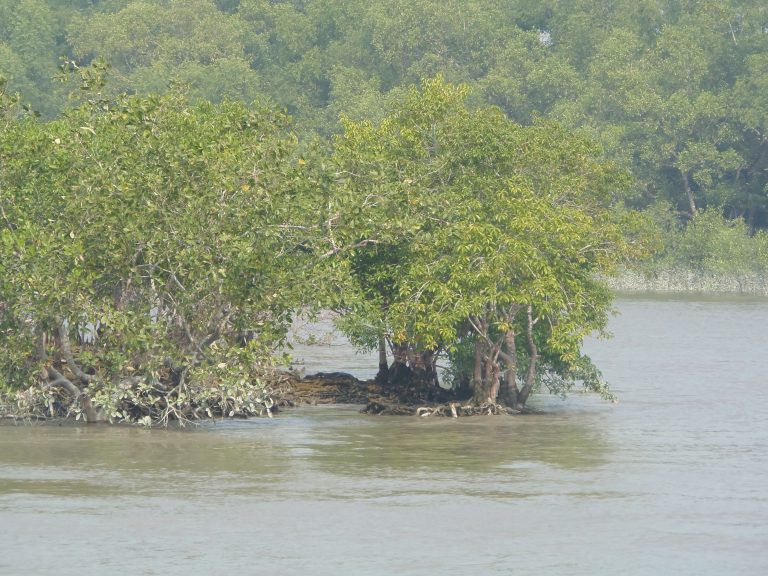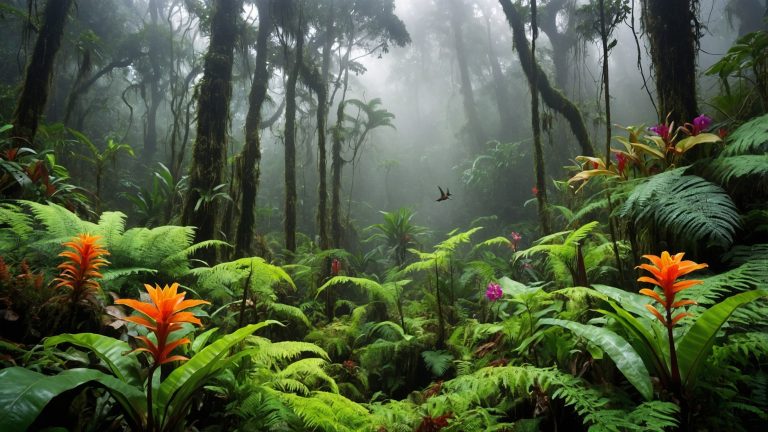Blood Falls of Antarctica: Unlocking The Ancient Secrets Beneath Ice
When you hear the word “waterfall”, you may think of a mountain water stream creating a beautiful cascade as it drops down from a cliff, right?
But how about a waterfall in the frozen Antarctica, with crimson-colored water, looking like blood flowing off a glacier?
Strange, isn’t it?
But such a thing exists, and it’s called Blood Falls.
In this post, we are going to learn about this unusual creation of nature, its importance, and some mysterious aspects of it that have not been fully understood yet.
What is The Blood Falls of Antarctica?
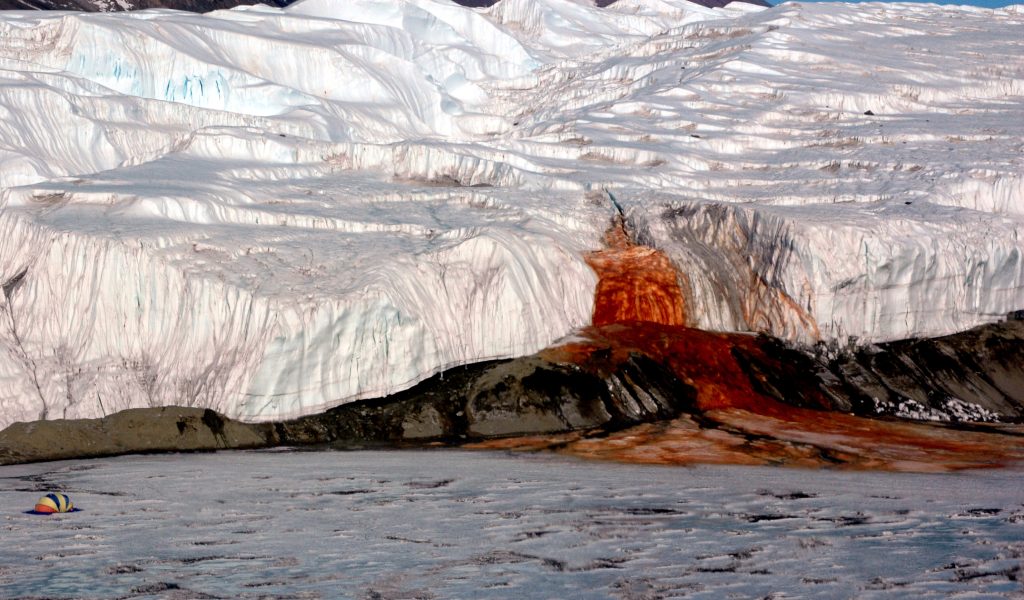
Blood Falls is a strange place in Antarctica, Where crimson-colored water intermittently flows out of the Taylor glacier of McMurdo Dry Valleys.
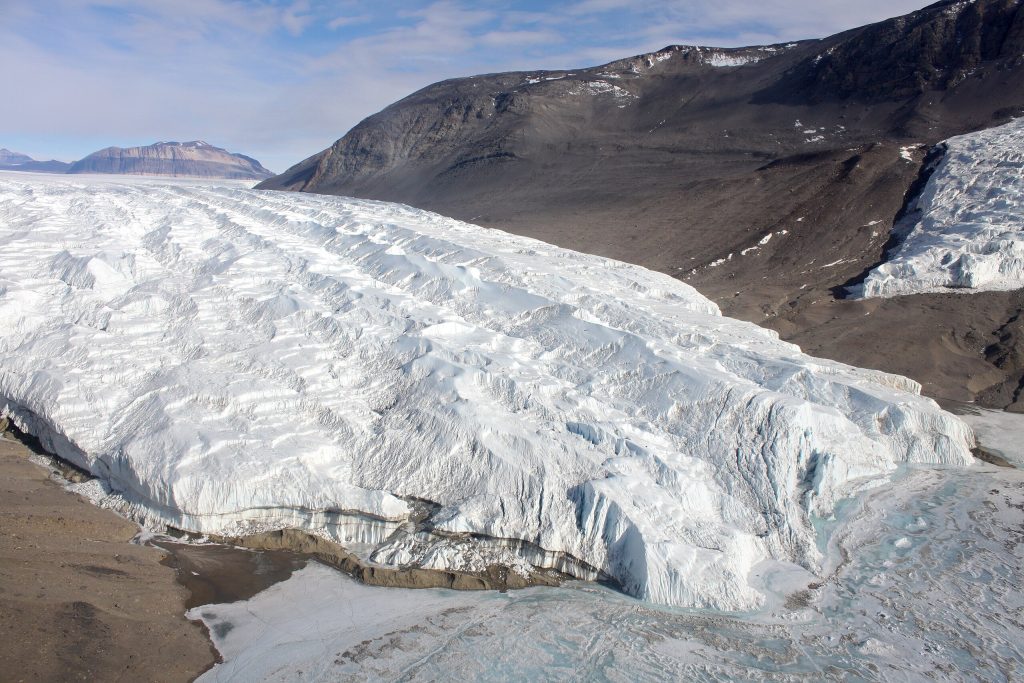
Flickr: Antarctica: Helicoptering the Dry Valleys
Author
Eli Duke
Taylor Glacier
It looks as if blood is flowing out, hence the name Blood Falls.
The water flows into West Lake Bonney, a saline lake in the McMurdo Dry Valleys.
Discovery
It was the Australian geologist Thomas Griffith Taylor who documented the Blood Falls for the first time in 1911 during the Terra Nova Expedition led by Robert Falcon Scott.
What Causes The Red Color?
The water of the Blood Falls, which comes from a subglacial lake under the Taylor glacier, has a high proportion of iron.
As the water flows out, the iron in the water reacts with atmospheric oxygen(oxidation), turning it into red iron oxide.
It’s that iron oxide that results in the crimson-colored water of the Blood Falls.
Other Unique Things About Blood Falls
The red-colored water is not the only unique feature of Blood Falls.
Let’s find out what else is special about this marvel of nature.
Water Source
The water of the Blood Falls comes from a subglacial lake sealed about 400 meters beneath the ice of the Taylor glacier.
This lake beneath the glacier is believed to have formed millions of years ago when seawater flooded the area before being sealed off by advancing glaciers.
Salinity
The water of this subglacial lake is extremely salty, with a salinity level about three times that of seawater.
This high salinity prevents it from freezing in the Antarctic cold, even at temperatures as low as -19°C.
Sporadic Flow
Another strange thing about Blood Falls is that the water doesn’t flow continuously but in sporadic bursts.
It has been observed that an episode of flow can last for days or weeks before stopping, and sometimes it can be months or years before there’s another.
Unusual Microbial Life
Scientists have discovered that there are microscopic organisms(bacteria), at least 17 different types of them, living in the water of Blood Falls.
Unlike other organisms that rely on photosynthesis or oxygen and glucose to metabolize energy, these microbes use iron and sulfur in the water to gain the energy they need through a process called chemosynthesis.
The Importance of Blood Falls
Let’s look into the importance of this natural wonder now.
Ancient Ecosystem
One key scientific importance of Blood Falls is that its water source, the subglacial lake, acts as a time capsule, as it preserves microbial antagonisms and environmental conditions from millions of years ago, providing insights about Earth’s ancient environment and how some life forms survive in extreme environments.
The lake beneath the ice was formed approximately 5 million years ago, and the water has been isolated ever since it was sealed off by the advancing glaciers, preserving its chemical structure and microbial life.
The microbial inhabitants of this subglacial water have survived in complete isolation and have adapted to extreme conditions such as no sunlight, no oxygen, high salinity, and subzero temperatures.
All this can tell us a lot about what Earth’s ancient environment was like and the adaptability and resilience of some life forms.
Insights About How Life May Develop in Other Planets
Microbial life forms in the water of Blood falls helps with the possibility of finding life on other planets in the universe.
Blood Falls is in one of the most inhospitable areas of earth, a polar desert with freezing temperatures. Also, the subglacial water source of the falls is extremely saline, cold, and without oxygen.
These conditions are similar to that of Jupiter’s moon Europa and Saturn’s moon Enceladus, which are believed to have oceans beneath thick layers of ice, and Mars, where evidence points to subsurface water reservoirs.
So, if some life forms can survive the extreme conditions of the Blood Falls and its subglacial water source, there’s a possibility of similar life forms existing in those extraterrestrial environments.
Insights About Glaciers
Research on Blood Falls provides scientists with information about glacial dynamics(study of glacier movement and change over time) and subglacial hydrology(study of how water flows beneath glaciers and ice sheets).
This information is useful in understanding how glaciers move and interact with their environment, how liquid water persists in extreme cold, and how subglacial water systems help with transporting nutrients and support ecosystems, how life may develop and exist beyond Earth.
Why is Blood Falls Still a Mystery?
Since its discovery in 1911, Blood Falls still has some unanswered questions about it.
How Does The Water Flow Through The Glacier?
Scientists have mapped the salty water’s pathway using techniques like radio sound imaging and revealed a network of channels beneath and within the body of the glacier.
The saline water flows through these channels, helped by pressure changes in the subglacial water body and lowered freezing point due to high salinity.
However, how these channels remain open in subzero temperatures is still a mystery.
Why Does It Flow Sporadically?
The cause of the intermittent flow of Blood falls is another mystery.
Scientists have theorized that pressure build-up in the subglacial reservoir, seasonal temperature shifts and glacial movements opening pathways, and heat released during the freezing of saline water heating up the surrounding ice contribute to this.
While these explain some aspects of this episodic flow, scientists still don’t have a complete understanding of what triggers each burst.
Are There Other Lakes Hidden Beneath Antarctic Glaciers?
Even though evidence from radar studies suggests there can be other subglacial water reservoirs across Antarctica, their extent and activity have not been explored much yet.
All In A Nutshell
Blood Falls is a place where crimson-colored, highly saline water flows intermittently off a glacier into a lake in Antarctica.
The water that flows comes from a lake deep beneath the glacier and gets its red color as its high iron content oxides.
Several bacteria types are living in that water, with the capability of gaining energy by metabolizing iron and sulfur in the water through a process called chemosynthesis.
The exact mechanism of the flow of the water and its intermittent bursts have not been fully understood, and there are other aspects of Blood Falls that scientists have not fully explained yet too.
Studying Blood Falls helps us understand what Earth’s ancient environment was like, how some life forms adapt to survive extreme environmental conditions, and how life may have developed or existed beyond Earth.

